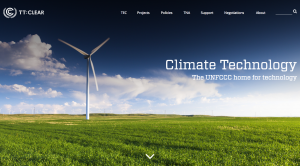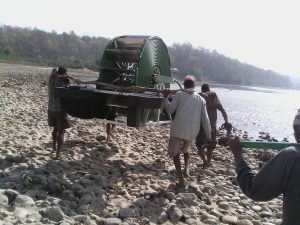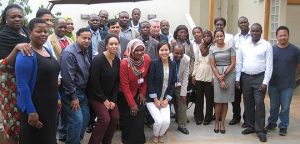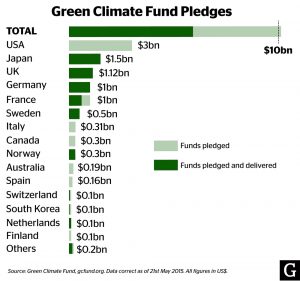In the book, Bones of the Tiger: Protecting the Man-eaters of Nepal Hemanta Mishra provides detailed accounts of his life work, studying and conserving tigers in Nepal. Throughout Mishra’s stories of tiger conservation, I have learned about the history of environmental policy in Nepal, the ecosystem of Chitwan National Park, as well as receive insight on some Nepali culture and spirt.
Early in this book, Mishra provides insight from Dr. S Dillon Ripley. Ripley worked in the to create the Smithsonian Nepal Tiger Ecology Project (STEP). An advocate for banning the hunting of tigers in the India subcontinent Ripley found four main reasons as to why tigers are declining because “the failure to curb habitat destruction by agricultural encroachments”, “poaching, mostly stemming for laxity in law enforcement”, “the decision of the provisional government to promote tiger hunting as a source of revenue”, and “most important, the lack of baseline data and a scientific approach to tiger conservation in India.” These four reasons for tiger population loss exemplify the broader environmental problems in Nepal. A lack of strong laws against harmful practices such as habitat destruction and deforestation are a main reason Nepal exists in such a fragile environment. The extent to which the Nepali government has disregarded the wellbeing of tiger populations in their country is quite shocking. Nepali Rana prime minister Juddah Shamsheer from 1933-1940 shot and killed 433 tigers (p. 117).
I believe that the history of environmental policy provided in this book will be very helpful when I am working in Nepal this semester. In 1971 the government of Nepal requested aid from the Food and Agricultural Organization “to help Nepal create a network of national parks and wildlife reserves” (p. 20). However, when the committee was appointed there was a distaste from local Nepali people as it contained solely British and American scientists who had never been to Nepal. Even the Nepali people who saw the benefit in national parks gained “poor opinion of “starry-eyed” American academics running loose with their own agendas in developing countries” (p. 20). When I am in Nepal I will this this in mind and make sure that I do not push my biases onto the people that we are working with.
Throughout the book Mishra spent a lot of time in the Chitwan National Park. Although the primary focus while at the National Park was on tigers he also explained some of the local ecology. For example, I learned that there is a prevalent population of one horned rhinoceros, and over 500 species of bird. This information can be helpful as it will be good to kno what animals are native to the forest of Nepal.
While in the Chitwan National Park Mishra also explained some acts of Nepali worship. Before entering the forest, the ritual of Puja, “an act of worship to make a spiritual connection with the jungle deity” was performed (p.35). This is an old Chitwan tradition that appeals to Ban Davi, the god of the forests. The ritual consists of three sacrifices, a black goat, a red roster, and two white pigeons. After the sacrifices are completed the people participating were then dressed with red ribbons around their necks and had a mixture of rice, yogurt, and vermilion marked on their foreheads. Although this is only a small taste of the spiritually of Nepal, the description of this sacrifice prepared me to embrace the radiating spirituality the country has to offer.
Another aspect of Nepal that was highlighted in “Bones of the Tiger” was the Nepali culture. A common greeting heard around Southeast Asia is Nameste Sahib. Nameste translates to “I bow to the god within you” and Sahib means “sir” (p. 32). This greeting is used quite commonly throughout the book so I am glad that I have already been introduced to it. Another aspect of Nepali culture that is highlighted is the usage of elephants. When the group is trying to capture and tranquilize a tiger, elephants play a big role. First, they act as the mode of transport throughout the forest. They also help the conservationist carry a lot more than they would personally be able to. I hope that I will be able to experience some form of elephant transport during my time in Nepal.
Mishra’s book introduced me to many aspects of Nepali life that were foreign to me. I am now excited to learn more about the cultural, the spirituality, the history, and the environment.
Bibliography:
Mishra, Hemanta, and Jim Ottaway. Bones of the Tiger: Protecting the Man-eaters of Nepal. Guilford, Conn: Lyons, 2010. Print.



 Image: Diana Haecker
Image: Diana Haecker


